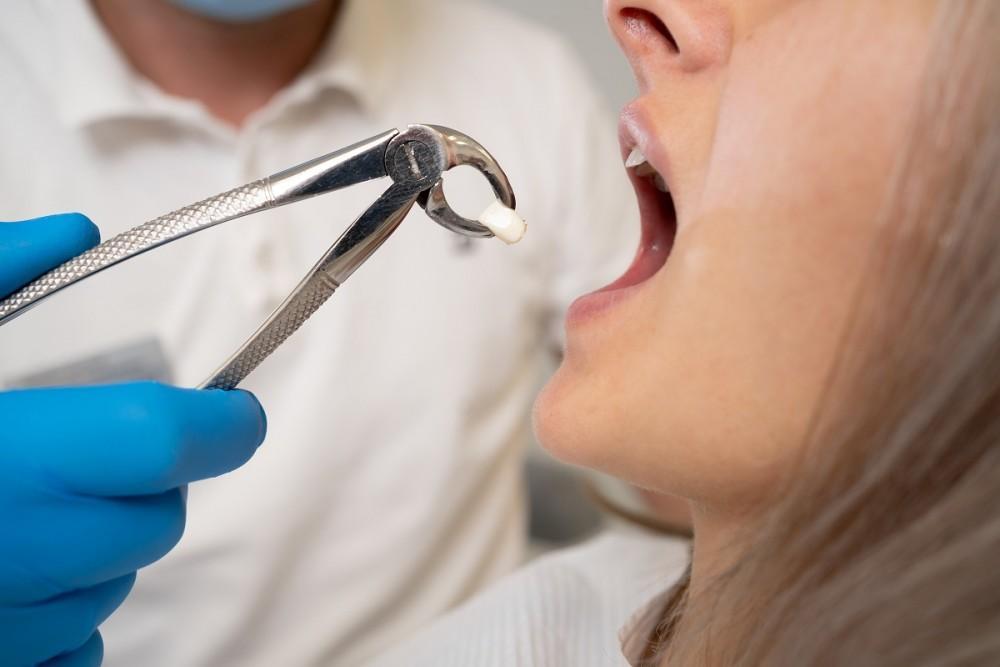How to ease discomfort after wisdom tooth removal is a common concern for many people. While some discomfort is normal following the procedure, there are many ways to alleviate pain, reduce swelling, and promote faster healing. With proper care and attention, recovery can be relatively smooth and quick. Here are some effective strategies to make the healing process easier of Wisdom Tooth Extraction Treatment.
Follow Your Dentist’s Aftercare Instructions:
The first step to easing discomfort after wisdom tooth removal is to follow your dentist’s aftercare instructions. They will provide specific guidelines to ensure you heal well and avoid complications.
Key aftercare instructions typically include:
- Taking prescribed medications to manage pain and prevent infection
- Keeping the extraction site clean with gentle rinsing and brushing
- Applying ice packs to reduce swelling in the first 24-48 hours
- Using prescribed antiseptic mouthwash to avoid bacterial infections
By following these directions closely, you can ease discomfort and speed up recovery after wisdom tooth removal.
Use Ice and Heat to Reduce Swelling:
Swelling is a common side effect of wisdom tooth removal, but it can be effectively managed with ice and heat therapy. Ice packs are particularly helpful during the first 48 hours after surgery, while heat can be used later to relax muscles and improve blood flow.
Here’s how to use ice and heat effectively:
- Apply an ice pack to the affected area for 15-20 minutes at a time, with a 20-minute break between applications
- After the first two days, use a warm compress to reduce muscle stiffness and promote healing
- Never place ice or heat directly on the skin—wrap them in a cloth or towel to prevent burns or frostbite
Incorporating ice and heat into your recovery is an excellent way to reduce discomfort after wisdom tooth removal.
Take Over-the-Counter Pain Relievers:
Over-the-counter pain relievers like ibuprofen or acetaminophen can be highly effective in managing discomfort after wisdom tooth removal. These medications help reduce pain and inflammation, promoting a more comfortable healing process.
Here’s how to use pain relievers safely:
- Follow the dosage instructions carefully, ensuring you don’t exceed the recommended limits
- Take the medication with food to prevent stomach upset
- Consult your dentist if you experience significant pain that doesn't improve with medication
- Avoid taking aspirin as it can increase bleeding
Pain management with over-the-counter medications is one of the simplest ways to ease discomfort after wisdom tooth removal.
Stick to a Soft Diet:
Eating the right foods is essential for healing after wisdom tooth removal. A soft diet reduces the strain on the healing area and minimizes the risk of irritation. It also ensures you’re getting the proper nutrition to aid recovery.
Soft food options include:
- Smoothies, yogurt, mashed potatoes, and soups
- Scrambled eggs, pudding, and ice cream
- Cooked cereals, oatmeal, and applesauce
- Avoid crunchy, hard, or spicy foods that can irritate the extraction site
By sticking to a soft diet, you can prevent further discomfort and help your mouth heal faster after wisdom tooth removal.
Stay Hydrated and Rested:
Hydration and rest are crucial parts of your recovery after Wisdom Tooth Extraction surgery. Staying hydrated helps prevent dry socket, which is a painful condition that can occur if the blood clot at the extraction site is dislodged.
What to do for hydration and rest:
- Drink plenty of water, but avoid using straws, which can dislodge the blood clot
- Get sufficient rest to allow your body to heal and reduce swelling
- Avoid strenuous physical activity for the first few days after surgery
- Sleep with your head elevated to reduce swelling and improve circulation
Proper hydration and rest are vital for easing discomfort and ensuring a quick recovery from wisdom tooth removal.
Monitor for Complications and Seek Help if Needed:
While discomfort is normal after wisdom tooth removal, it’s important to monitor for signs of complications. If you experience unusual symptoms, seek medical advice promptly.
Watch out for:
- Severe or increasing pain after a few days, which could indicate dry socket
- Uncontrolled bleeding that doesn’t subside after a few hours
- Fever or signs of infection like pus or excessive swelling
- Numbness or tingling in the lips or chin that doesn’t go away
If you notice any of these issues, don’t hesitate to contact your dentist for further evaluation and care.

